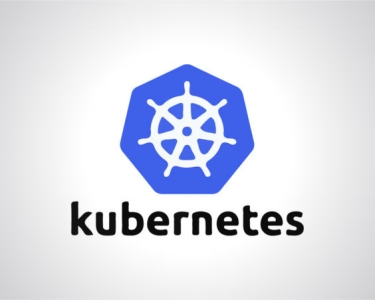☁️ What is Cloud Computing?
Definition, Benefits, Applications & Best Practices
In today’s digital age, cloud computing has become the foundation of how businesses and individuals store, access, and manage data. From personal photo backups to large-scale enterprise software, the cloud is everywhere. This article explores what cloud computing is, how it works, its real-world applications, and the best practices for leveraging it effectively.
💡 Definition and Overview
Cloud computing refers to the delivery of computing services over the internet, including storage, processing power, databases, networking, software, and analytics. Instead of owning and maintaining physical servers or data centers, users can rent access to computing resources on-demand from cloud providers like Amazon Web Services (AWS), Microsoft Azure, or Google Cloud Platform (GCP).
🔍 Key Characteristics:
-
On-demand self-service: Access resources anytime without human interaction.
-
Scalability: Easily scale up or down based on demand.
-
Pay-as-you-go: Pay only for the resources you use.
-
Global accessibility: Access from anywhere via the internet.
SEO Keywords used: what is cloud computing, cloud computing definition, how cloud computing works
🚀 Key Benefits of Cloud Computing
Cloud computing provides several transformative benefits for both individuals and organizations.
✅ 1. Cost Efficiency
No need to invest in expensive hardware or IT infrastructure. You only pay for what you use.
✅ 2. Scalability and Flexibility
Scale your resources based on current needs—perfect for businesses with fluctuating workloads.
✅ 3. Reliability and Backup
Major cloud providers offer automated backups, disaster recovery, and 99.9%+ uptime guarantees.
✅ 4. Remote Accessibility
Work from anywhere with internet access—especially important in today’s hybrid work environments.
✅ 5. Security
Cloud services often include built-in data encryption, firewalls, compliance, and access controls.
SEO Keywords used: benefits of cloud computing, why use cloud services, cloud technology advantages
🧪 Practical Examples of Cloud Computing
Cloud computing is used in countless ways across industries. Here are some real-life examples:
🔷 1. File Storage & Backup
Services like Google Drive, Dropbox, and OneDrive allow users to store and share files securely online.
🔷 2. Software as a Service (SaaS)
Apps like Gmail, Zoom, Microsoft 365, and Salesforce run entirely in the cloud and require no local installation.
🔷 3. Web Hosting & Content Delivery
Websites are hosted using services like Amazon Web Services (AWS), Cloudflare, and Heroku.
🔷 4. Machine Learning & Big Data
Cloud platforms offer scalable resources for training AI models and analyzing large datasets.
🔷 5. Game Streaming & Entertainment
Services like NVIDIA GeForce NOW, Xbox Cloud Gaming, and Netflix leverage cloud servers to stream content globally.
SEO Keywords used: cloud computing examples, real-world cloud usage, cloud technology applications
📌 Best Practices in Cloud Computing
To use cloud computing effectively and securely, follow these best practices:
✔️ Use Strong Authentication
Enable multi-factor authentication (MFA) to secure access.
✔️ Regularly Monitor Usage
Track cloud usage to avoid overpaying or under-utilizing resources.
✔️ Encrypt Sensitive Data
Use encryption at rest and in transit to protect your data.
✔️ Backup Regularly
Ensure automatic backup settings are enabled and tested.
✔️ Choose the Right Provider
Evaluate providers based on performance, support, pricing, and compliance needs.
🧾 Conclusion
Cloud computing is revolutionizing the way we live, work, and build technology. It offers scalable, cost-effective, and flexible solutions for everything from data storage to advanced computing. As more organizations migrate to the cloud, understanding its foundations, benefits, and applications becomes essential.
✨ Bonus: Cloud Computing in Pakistan
Platforms like Paksoft.net are helping local businesses and individuals adopt cloud-based technologies, offering guidance, tools, and training for digital transformation.
📣 Follow for More
For more technology tutorials, cloud updates, and IT education, visit Paksoft.net or subscribe to our YouTube channel Paksoft360.




